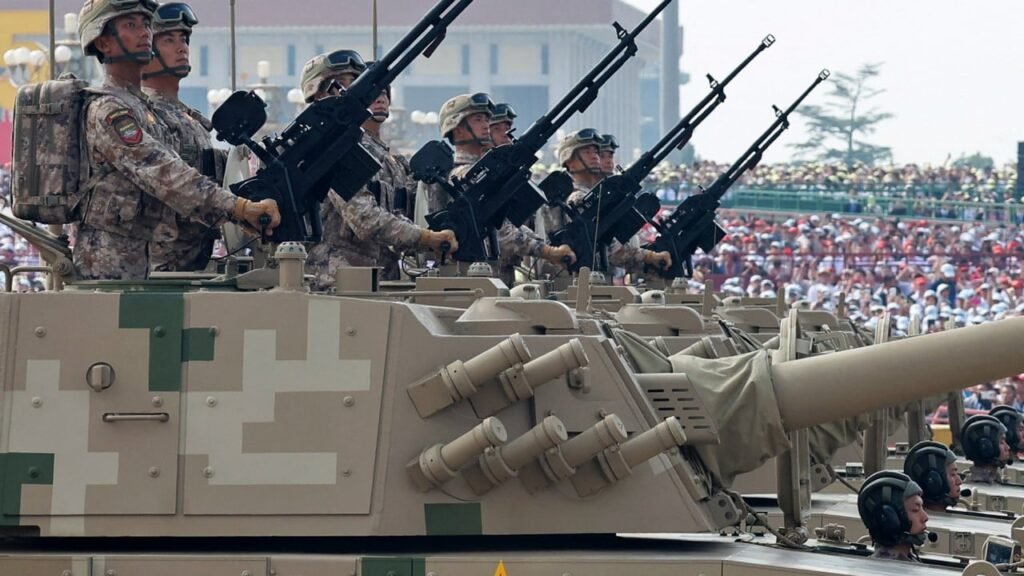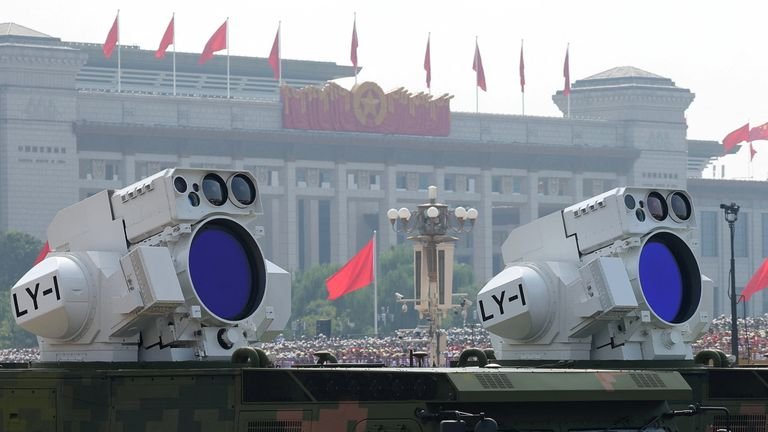
Russia and China have signed a legally binding memorandum to move forward with construction of the Power of Siberia 2 pipeline.
The pipeline is expected to deliver an extra 50 billion cubic metres (bcm) of gas per annum to China via Mongolia from the Arctic gas fields of Yamal, reported Reuters.

Discover B2B Marketing That Performs
Combine business intelligence and editorial excellence to reach engaged professionals across 36 leading media platforms.
Gazprom CEO Alexei Miller announced that there would also be an increase in supplies through the existing Power of Siberia pipeline, extending from eastern Siberia to China. The annual supply is set to rise from 38bcm to 44bcm.
However, Miller noted that the pricing for gas supplied through the new pipeline would be determined separately, indicating that negotiations on cost-sharing are still ongoing.
Despite Western sanctions, China has continued to engage in energy trade with Russia, including taking liquefied natural gas (LNG) cargoes from Russia’s sanctioned LNG 2 project.
This demonstrates China’s capacity to resist pressure from the West to isolate Moscow.
Nonetheless, the lack of progress on pricing suggests that China is also seeking significant discounts from Russia.
Russia has shifted its focus towards China following the loss of a substantial portion of its European gas market due to US sanctions.
Gazprom has been pursuing a deal for the Power of Siberia 2 pipeline for years.
China and Contemporary Asia Institute head Kirill Babaev said: “The big deal is finally under way.
“Even though we do not know the parameters for the price and volumes, nor the subcontractors of the pipeline, the political negotiations are now over and giving way to commercial tasks, which will definitely bring the result due to a blessing received from the three leaders of Russia, Mongolia and China.”
According to Miller, the price offered to China would be lower than that charged to European customers, considering the challenging distances and terrain involved in pipeline construction.
During the Chinese talks, 22 agreements were signed, encompassing a cooperation agreement between China National Petroleum Corporation and Gazprom, although specific details were not disclosed.
Miller described the pipeline project from Russia’s northern gas fields to China via Mongolia as the world’s largest and most capital-intensive gas initiative.
The existing 3,000km Power of Siberia pipeline, under a 30-year, $400bn agreement initiated at the end of 2019, is expected to reach its planned capacity of 38bcm in 2025.
Additionally, an agreement has been made to increase gas deliveries from Sakhalin Island in Russia’s far east to China to 12bcm per year, up from the previous 10bcm.









